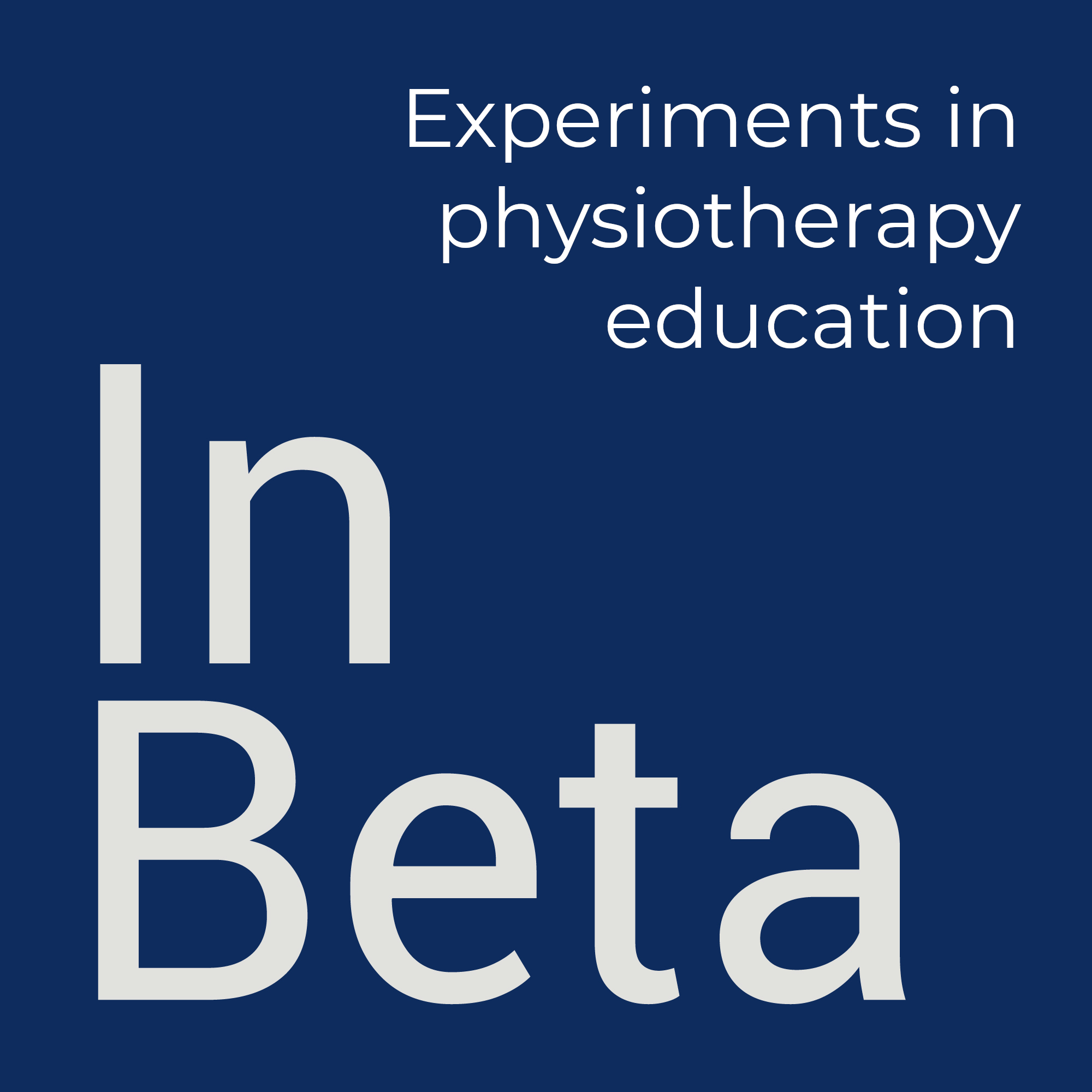Vulnerability is the birthplace of innovation, creativity, and change.
Brene Brown
Introduction
Innovation has been on my mind as we come to the end of the 22-23 academic year. I’ve been in my new post (AP for Digital Innovation) for about 18 months and thought it was a good time to reflect on what it even means to innovate in a school of health and social care. ‘Innovation’ is one of those words that initially feels solid, but whose meaning turns out to be more slippery than you thought, when you start paying it attention. Here are a few resources I thought were useful.
Podcast
Brazil, V. (n.d.). Leading Innovations in Healthcare and Education. Harvard Macy Institute podcast.
Why would a medical school work with a business school to create a program for Leading Innovations in Health Care & Education? In this episode of the podcast we preview the upcoming program, and speak with program co-directors Liz Armstrong, Josh Nagler and Derek van Bever. We discuss the history and conceptual underpinning, and then take a more granular look at the activities for the week and how scholars can best prepare. We hear from Sarah Dawit, program alumnus from 2021 about her reflections on the program and on joining the Harvard Macy Institute community.
I enjoyed this conversation for the links it makes to the entrepreneurial skills that are cultivated in business programmes, but which are often (deliberately) excluded from health and social care programmes. We talk about creativity in the health professions, but we value conformity. I think we can do more to give each other permission to colour outside the lines.
Article
Cook, D. A., Bikkani, A., & Poterucha Carter, M. J. (2022). Evaluating education innovations rapidly with build-measure-learn: Applying lean startup to health professions education. Medical Teacher.
The Lean Startup approach allows innovators (including innovative educators) to rapidly identify and refine promising ideas into models that actually work. Our aim is to outline key principles of Lean Startup, apply these to health professions education, and illustrate these using personal experience. All innovations are grounded in numerous assumptions; these assumptions should be explicitly identified, prioritized, and empirically tested (‘validated learning’). To identify and test assumptions, innovators need to get out of the office and interact with customers (learners, teachers, administrators, etc). Assumptions are tested using multiple quick cycles of Build (a ‘minimal viable product’ [MVP]), Measure (using metrics that relate meaningfully to the assumption), and Learn (interpret data and decide to persevere with further refinements, or pivot to a new direction). The MVP is a product version that allows testing of one or more key assumptions with the least effort. Lean Startup has tremendous potential for rapid, robust innovation and evaluation in education.
It makes sense for universities to move slowly at scale; we need to be careful that the changes we make have as few unintended consequences as possible. We need to balance the potential reward against the significant risk of failure when our innovations potentially impact the lives of hundreds (or thousands) of students. But at smaller scales, it makes sense to experiment, and to experiment often. Lean Startup is a model to run these innovative experiments in education, gather feedback, and iterate quickly.
Resource
Panetta, K. (2016). Develop An Open Innovation Framework. Gartner.
When creating an innovation framework that works for your company, establish what the goal is, why open innovation makes sense and how it fits into the company strategy. Finally, select an approach that makes sense for your company and project.
The value of this post is in the graphic showing 4 approaches to facilitate open innovation in your organisation:
- Suggestive, participative.
- Suggestive, invitational.
- Directed, invitational.
- Directed, participative.
